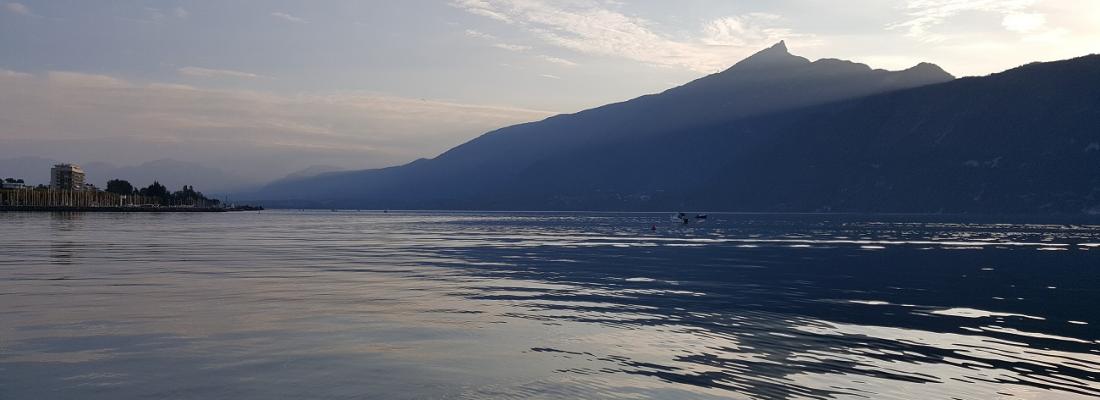Biodiversity Reading time 2 min
Biodiversity: microorganisms in lakes have been markedly impacted during the past century
Published on 31 July 2020

Between the 19th century and today occurred what is now referred to as the Great Acceleration, or in other words an intensification and rapid increase in the imprint of human activities on the environment. Lakes are susceptible to these developments and to climatic pressures, but generally we still do not know the degree to which biodiversity has changed during the Anthropocene[1], and particularly for living microorganisms that are invisible to the naked eye.
Sediments: the archives of lakes
Dead microorganisms, or traces of their DNA, are preserved in the sediments that lie at the bottom of lakes. Successive deposits constitute a natural archive that can look back in time; by analysing the ancient DNA preserved in these deposits, scientists can reconstitute the microbial communities that were present in the lake at a given period. During the present study, the scientists compared the ancient DNA preserved in the sediments of 48 lakes in mainland France, focusing on the layers corresponding to the end of the 19th century with those covering the period 2000-2010 in order to reconstitute the evolution of lake biodiversity over a hundred years.
Major changes to biodiversity and homogenisation of its composition
Analysis of this sedimentary DNA revealed major changes to the composition of the biodiversity of lowland lakes when compared with those at higher altitude (above 1400 m), which were less affected. Although the number of species present has not diminished, the composition in terms of species and species groups has evolved. The diversity of microalgae, parasites, saprotrophs[2] and micro-predators has undergone major changes, which have also been accompanied by a homogenisation of diversity between lakes: while in the 19th century, the different lakes displayed a highly diverse microbial composition, there has since been a standardisation of microbial biodiversity. And there have been some important winners: photosynthetic microorganisms have been favoured by climate warming and the input of nutrient elements due to human activities around lakes.
This work throws new light on the changes to microbial diversity observed over long periods, at a time when microorganisms are not generally considered in important debates on biodiversity. From supplying drinking water to enabling numerous recreational activities and producing fish, lakes are sources of important ecosystem services to human societies that are influenced by microbial biodiversity. Greater efforts are now essential to monitor and preserve these ecosystems in a context of global change.
[1] The period which started with the Industrial Revolution when the impact of human activities on the environment started to intensify.
[2] Organisms that feed on dead organic matter.
|
Reference Keck F, Millet L, Debroas D, Etienne D, Galop D, Rius D, Domaizon I., Assessing the response of micro-eukaryotic diversity to the Great Acceleration using lake sedimentary DNA, Nature Communications NCOMMS-20-07936, 31 July 2020 DOI: 10.1038\s41467-020-17682-8 |
